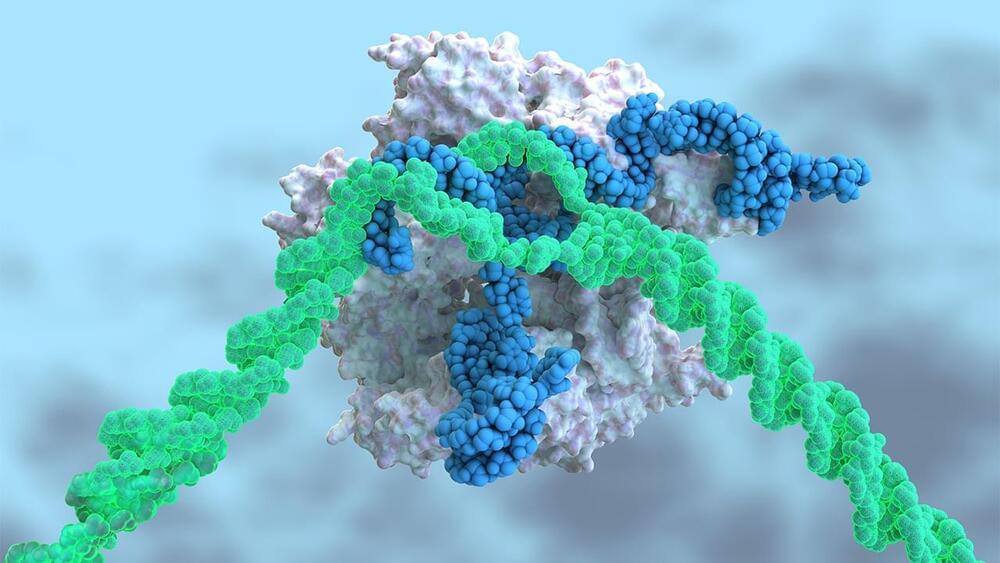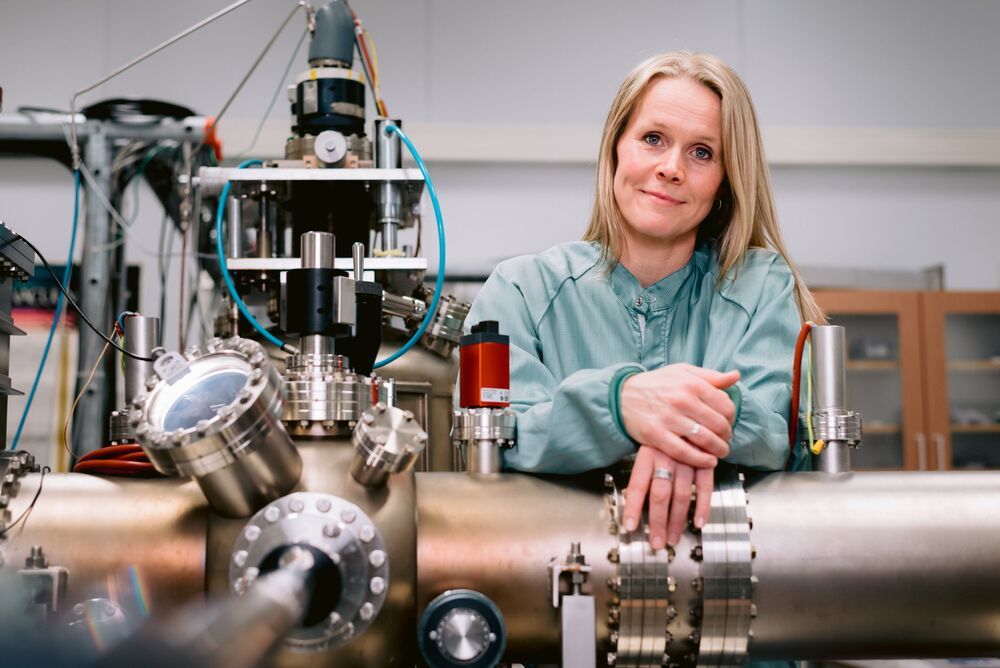Jun 26, 2021
The Early Universe Explained by Neil deGrasse Tyson
Posted by Kelvin Dafiaghor in categories: cosmology, information science, mathematics, neuroscience, nuclear energy, particle physics, singularity
Neil deGrasse Tyson explains the early state of our Universe. At the beginning of the universe, ordinary space and time developed out of a primeval state, where all matter and energy of the entire visible universe was contained in a hot, dense point called a gravitational singularity. A billionth the size of a nuclear particle.
While we can not imagine the entirety of the visible universe being a billion times smaller than a nuclear particle, that shouldn’t deter us from wondering about the early state of our universe. However, dealing with such extreme scales is immensely counter-intuitive and our evolved brains and senses have no capacity to grasp the depths of reality in the beginning of cosmic time. Therefore, scientists develop mathematical frameworks to describe the early universe.
Continue reading “The Early Universe Explained by Neil deGrasse Tyson” »


















